South Africa’s Employment Equity Act (EEA) has always aimed at two things: eliminating unfair discrimination and advancing equitable representation. In 2025, that mission gained sharper teeth. The Minister identified national economic sectors and set sectoral numerical targets under section 15A. Designated employers must now align their five-year Employment Equity Plans (EE Plans) with these sector targets—and show reasonable progress annually.
A critical distinction: targets are directional goals; quotas are rigid. The EEA explicitly permits preferential treatment and numerical goals, but prohibits quotas. In practice, that means you can set ambitious representation goals, but you can’t apply inflexible rules that bar people from employment or advancement solely because they’re not in a designated group. Your plan must remain flexible, job-related, and evidence-based.
Designated employers must:
• Consult with unions/employees on the analysis, plan and reporting.
• Conduct a workforce analysis by occupational level and identify barriers.
• Prepare a 5-year EE Plan with annual objectives, numerical goals (aligned to sector targets), timelines, measures, monitoring, and accountabilities.
• Report annually to the Director-General (online reporting typically closes mid-January).
Non-compliance can trigger audits, undertakings, compliance orders, fines that escalate for repeat breaches, and loss of eligibility for state contracts if you lack a compliance certificate.
How do you pursue transformation and stay on the right side of the law?
The framework recognises real-world constraints. If you miss a sector target despite reasonable efforts, you can motivate reasonable grounds—e.g., skills scarcity evidence, low turnover at the level, or documented recruitment efforts—with a corrective plan. This is exactly why documenting your steps matters.
EEA compliance in 2025 is about intent + evidence. Build a credible plan, run fair processes, and measure what matters. Done right, employment equity strengthens capability, culture, and competitiveness—not just compliance.
South Africa’s Employment Equity Act (EEA) has always aimed at two things: eliminating unfair discrimination and advancing equitable representation. In 2025, that mission gained sharper teeth. The Minister identified national economic sectors and set sectoral numerical targets under section 15A. Designated employers must now align their five-year Employment Equity Plans (EE Plans) with these sector targets—and show reasonable progress annually.
A critical distinction: targets are directional goals; quotas are rigid. The EEA explicitly permits preferential treatment and numerical goals, but prohibits quotas. In practice, that means you can set ambitious representation goals, but you can’t apply inflexible rules that bar people from employment or advancement solely because they’re not in a designated group. Your plan must remain flexible, job-related, and evidence-based.
Designated employers must:
• Consult with unions/employees on the analysis, plan and reporting.
• Conduct a workforce analysis by occupational level and identify barriers.
• Prepare a 5-year EE Plan with annual objectives, numerical goals (aligned to sector targets), timelines, measures, monitoring, and accountabilities.
• Report annually to the Director-General (online reporting typically closes mid-January).
Non-compliance can trigger audits, undertakings, compliance orders, fines that escalate for repeat breaches, and loss of eligibility for state contracts if you lack a compliance certificate.
How do you pursue transformation and stay on the right side of the law?
The framework recognises real-world constraints. If you miss a sector target despite reasonable efforts, you can motivate reasonable grounds—e.g., skills scarcity evidence, low turnover at the level, or documented recruitment efforts—with a corrective plan. This is exactly why documenting your steps matters.
EEA compliance in 2025 is about intent + evidence. Build a credible plan, run fair processes, and measure what matters. Done right, employment equity strengthens capability, culture, and competitiveness—not just compliance.



